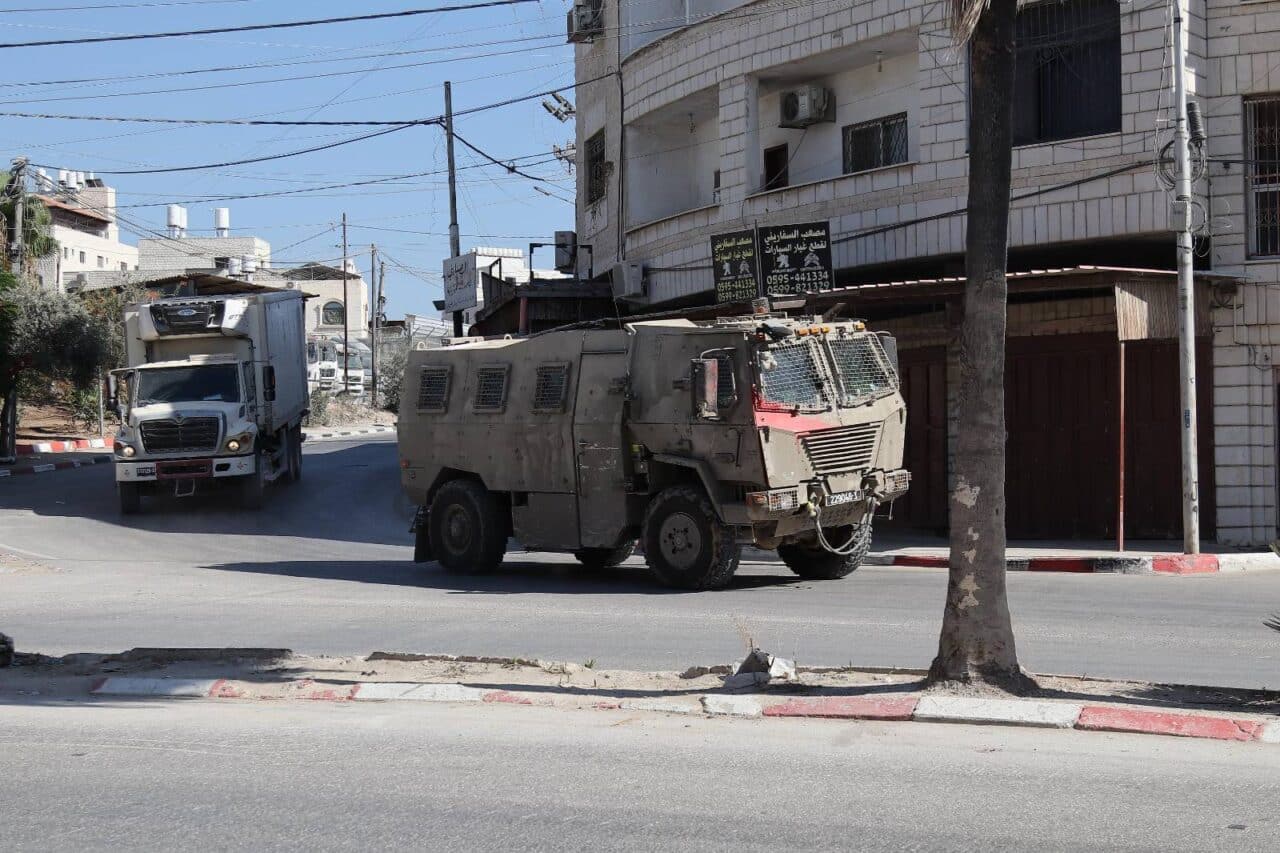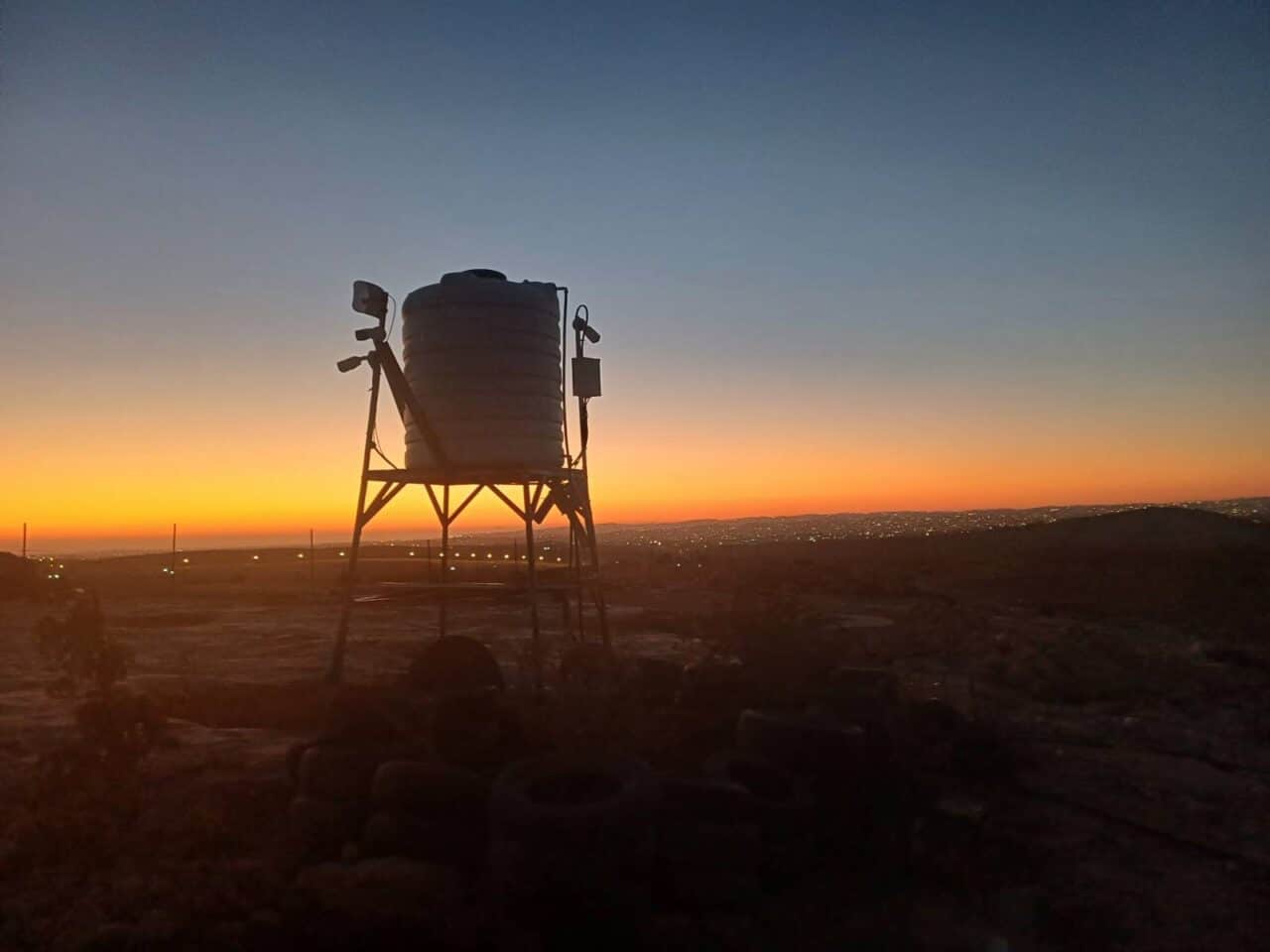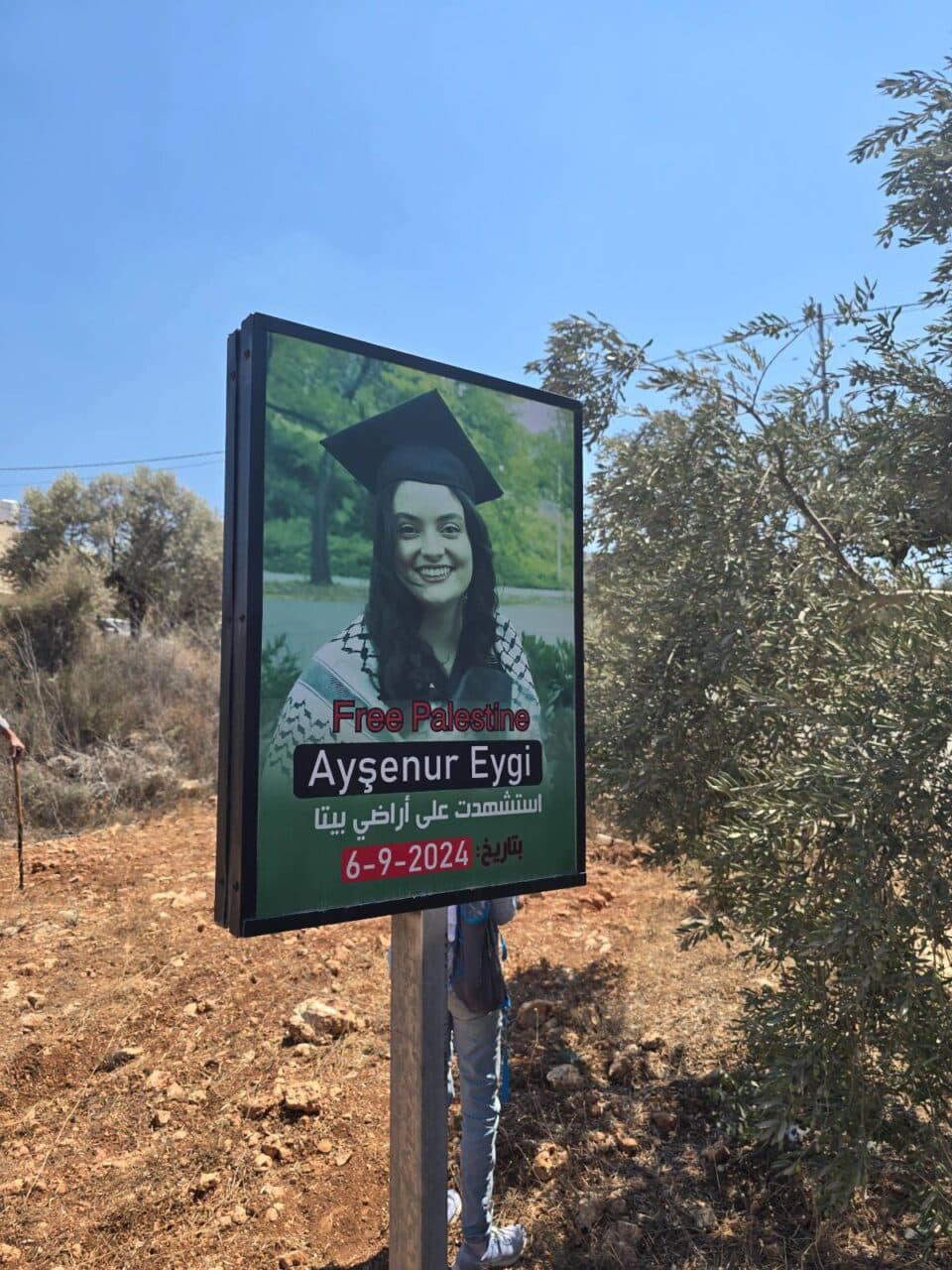-
Israel has turned Tulkarm into a stricken city
Diana Khwaelid The Israeli occupation forces have tightened the siege and restriction on the city of Tulkarem more than it was originally tightened seven months in a row, and the city of Tulkarem is under the control and incursion of Israeli forces, especially the Palestinian refugee camps. Tulkarem refugee camp is “the second largest refugee […]
-
The War on the West Bank: The Open Ambition to Erase Palestine
As genocide and famine continues to ravage Gaza,[1] Palestinians within the Occupied West Bank also face a monumental crisis; a disturbing campaign of ethnic cleansing that has only intensified in recent years. Imagine that every waking moment is filled with worry that a masked mob will ambush your village. That each night is disturbed by […]
-
One year on: we demand an independent investigation on the murder of Ayşenur Ezgi Eygi
For media enquiries email palreports@gmail.com September 6th, 2025 – Today marks one year since the Israeli military murdered Ayşenur Ezgi Eygi, a 26-year old Turkish-American human rights volunteer with the International Solidarity Movement, during a peaceful demonstration in Beita, in the occupied West Bank. In recent years, over 19 Palestinians have also been killed by Israeli […]
Action Alert An Nabi Saleh Apartheid Wall Arrests BDS Bethlehem Bil'in Cast Lead Demonstration Denial of Entry Ethnic Cleansing Farmers Gaza Global Actions Hebron House Demolition International law Israeli Army Jerusalem Live Ammunition Nablus Ni'lin Prisoner Ramallah Rubber-coated steel bullets Settlement Settlers Settler violence Tear-Gas Canister Video



